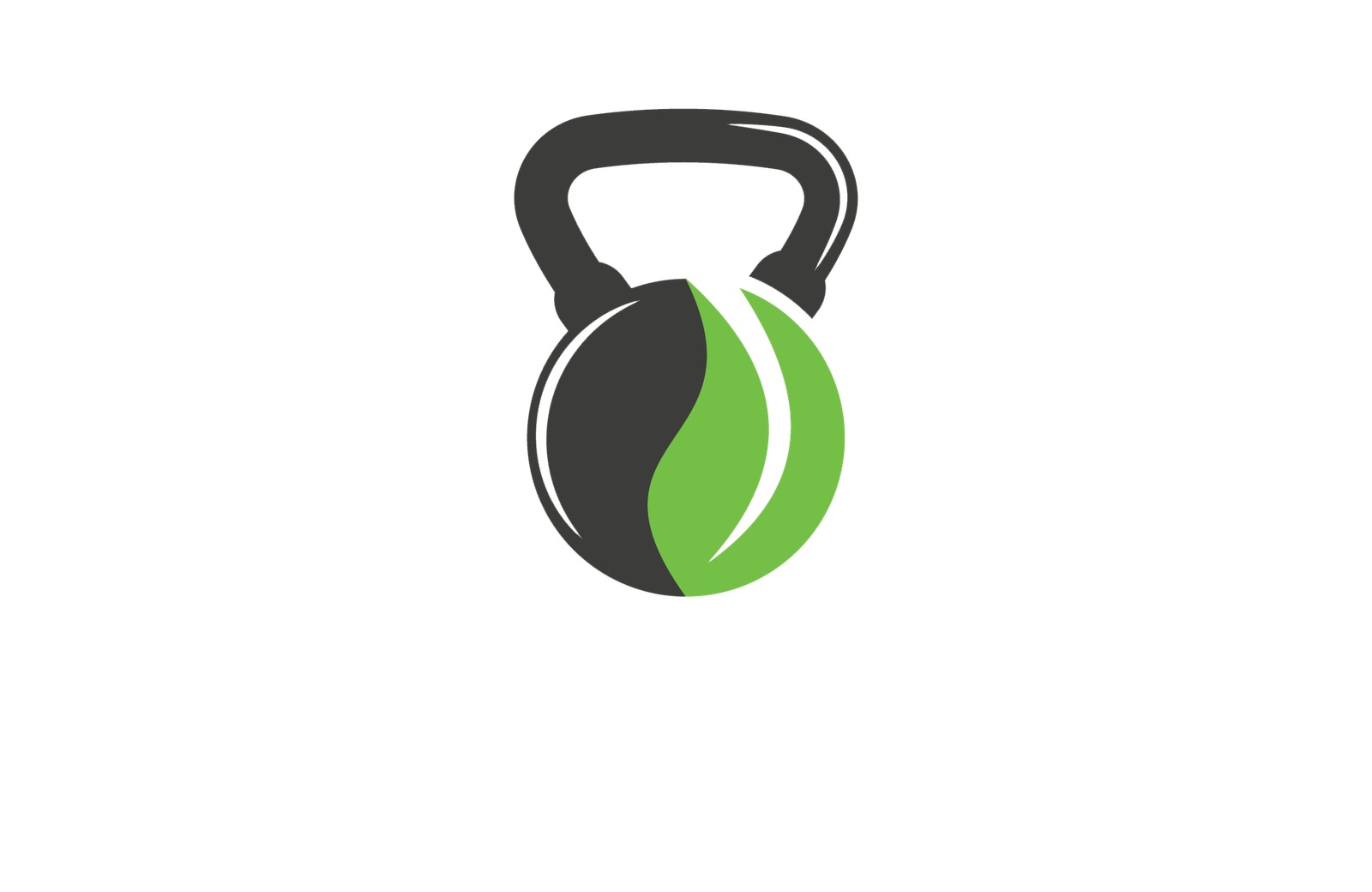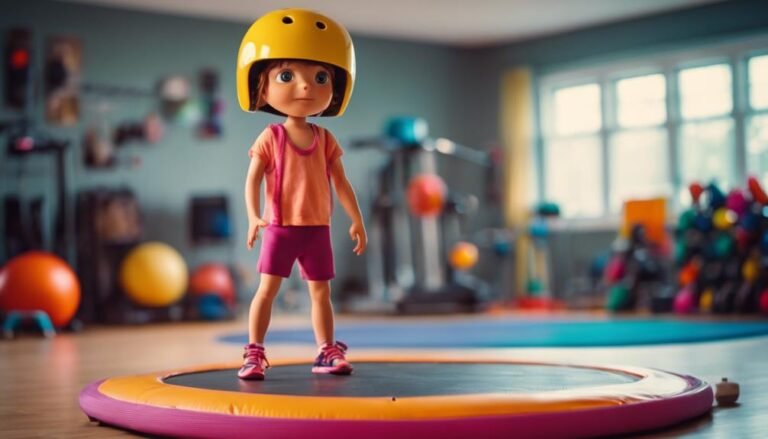Don't miss our holiday offer - 20% OFF!

Beginner Fitness Apps for Starting Your Fitness Journey
Unlock the ultimate fitness companion: discover the top beginner-friendly apps that will revolutionize your workout routine and transform your body.
We're excited to start our fitness journey with a clear understanding that finding the right fitness app is essential to our success. With so many options, we need to assess our fitness budget, read app reviews, and consider customer support and community features. We'll define achievable objectives, evaluate our current fitness level, and schedule workouts like non-negotiable appointments. By choosing a proven app that tracks our progress and provides motivation, we'll set ourselves up for success. Now that we've taken the first step, let's dive deeper into the world of fitness apps and uncover the secrets to achieving our goals.
Key Takeaways
- Assess your fitness budget to narrow down app options and find one that fits your needs and goals.
- Read app reviews to gauge effectiveness, user-friendliness, and customer support before committing to one.
- Choose an app with a proven track record of delivering results, compatible with your fitness goals and needs.
- Define achievable objectives and set measurable milestones to track progress and boost motivation.
- Evaluate the app's community features and consider partnering with a workout buddy for added accountability and support.
Choosing the Right Fitness App
As we set out on our fitness journey, selecting the right app is crucial, so let's plunge into the key factors that need examining when choosing the perfect fitness companion. We don't want to waste our time and energy on an app that doesn't cater to our needs. First, we need to assess our fitness budget. Are we willing to pay a subscription fee or do we opt for a free version? Knowing our budget will help us narrow down our options. Next, we'll delve into app reviews to get a sense of what other users think about the app's effectiveness, user-friendliness, and customer support. We want to choose an app that has a proven track record of delivering results and is easy to use. By reading reviews, we can get a sense of whether the app is right for us. By examining these factors, we can make an informed decision and find an app that will help us reach our fitness goals.
Setting Realistic Fitness Goals
As we start our fitness journey, we need to set ourselves up for success by setting realistic fitness goals. We'll define achievable objectives that motivate us to keep moving forward, assess our current fitness level to understand where we're starting from, and set measurable milestones to track our progress. By doing so, we'll create a clear roadmap to achieving our fitness aspirations.
Define Achievable Objectives
Setting realistic fitness goals is essential, since it helps us create a roadmap for success, boosting our motivation and commitment to our workout routine. By defining achievable objectives, we can break down our long-term goals into manageable, bite-sized chunks. This approach enables us to focus on making progressive, incremental changes that ultimately lead to sustainable results. When setting our goals, it's vital to establish clear, specific, and measurable objectives. We must identify our objective boundaries, recognizing what we can realistically achieve within a given timeframe. For instance, aiming to lose 1-2 pounds per week is a more achievable goal than trying to shed 10 pounds in a month. By doing so, we avoid setting ourselves up for disappointment and create a sense of accomplishment as we reach our milestones. Effective goal setting is key to maintaining our momentum and drive, helping us stay on track and celebrate our progress along the way.
Assess Current Fitness
Before we can create a personalized fitness plan, we need to take an honest look at our current fitness level, acknowledging our strengths and weaknesses to set realistic goals that play to our advantages. This self-assessment is essential in understanding our fitness age, which may not be the same as our chronological age. Our fitness age takes into account our overall health, fitness level, and body type.
To get an accurate picture of our current fitness, let's consider the following key factors:
- Cardiovascular endurance: How far can we walk or jog without getting winded?
- Muscular strength and endurance: How many push-ups or squats can we do in a row?
- Flexibility and mobility: How easily can we touch our toes or do a full squat?
Set Measurable Milestones
With our current fitness level in mind, we're ready to define achievable milestones that will propel us toward our ultimate fitness goals. This is where Milestone Mapping comes in – a vital step in setting realistic targets that will keep us motivated and on track. By breaking down our long-term goals into smaller, manageable milestones, we can create a roadmap for success. This process is called Goal Anchoring, where we anchor our goals to specific, measurable outcomes, making them feel more tangible and achievable.
As we set our milestones, we should make sure they're SMART – specific, measurable, achievable, relevant, and time-bound. This will help us stay focused and avoid feeling overwhelmed by our goals. For example, instead of 'I want to lose weight,' a SMART milestone would be 'I want to lose 10 pounds in the next 3 months by exercising for 30 minutes, 3 times a week.' By setting milestones that are challenging yet achievable, we'll be more likely to stay committed and celebrate our progress along the way. With our milestones in place, we'll be ready to take the next step in our fitness journey – creating a workout routine that will help us achieve our goals.
Building a Workout Routine
We'll start by identifying our fitness goals and creating a schedule that works for us, because a well-planned workout routine is key to achieving success. Having a clear fitness mindset is vital, as it helps us stay motivated and focused on our objectives. To build an effective workout routine, we need to take into account our lifestyle, fitness level, and goals.
- Determine our workout frequency: How many times a week can we realistically work out? Be honest with ourselves, and don't overcommit.
- Choose our workout type: Do we prefer cardio, strength training, or a mix of both? Selecting a workout type that we enjoy will keep us engaged and motivated.
- Schedule our workouts: Treat our workouts like non-negotiable appointments. Write them down in our calendars, and commit to them.
Understanding Fitness Tracking Metrics
As we start tracking our fitness journey, we need to understand the metrics that will help us measure our progress. We'll focus on the key data points that give us a clear picture of our improvement, from steps taken to calories burned. By grasping these metrics, we'll be empowered to make informed decisions that propel us towards our fitness goals.
Tracking Your Progress
Tracking our progress is essential to staying motivated and reaching our fitness goals, which is why understanding the various metrics that fitness apps use to measure our progress is necessary. By monitoring our progress, we can identify what's working and what areas need improvement, making adjustments to our routine as needed.
Three key metrics to focus on are:
- Progress photos: Taking regular progress photos helps us visualize our transformation, and it's a great motivator. Seeing the changes in our body composition can boost our confidence and keep us committed to our fitness journey.
- Workout consistency: Habit formation is key in fitness. By tracking our workout frequency and consistency, we can make progress towards our goals and establish a routine that becomes second nature.
- Stats and measurements: Keeping track of our weight, body fat percentage, and measurements helps us monitor our progress and make data-driven decisions about our workout routine and nutrition plan.
Understanding Your Data
By grasping the meaning behind our fitness data, we empower ourselves to make informed decisions that propel us closer to our goals, and tap the full potential of our fitness journey. When we discern our data, we can identify patterns, track progress, and make adjustments to optimize our workout routines.
Data visualization tools within our fitness apps help us make sense of the numbers, presenting complex health analytics in a clear and concise manner. We can easily monitor our progress, celebrate milestones, and pinpoint areas for improvement. With health analytics, we gain valuable insights into our sleep patterns, nutrition, and exercise habits, enabling us to fine-tune our approach and achieve greater success. By leveraging these tools, we take ownership of our fitness journey, making data-driven decisions that drive real results. As we continue to track and analyze our data, we'll discover new levels of motivation, confidence, and overall wellness.
Finding a Workout Buddy
We partner up with a workout buddy to boost our motivation and accountability, and research shows that exercising with a friend can increase our chances of sticking to a fitness routine. Having someone to hold us accountable and share the experience with can make all the difference in our fitness journey. But how do we find the right workout buddy?
Here are a few ways to find a workout buddy that's right for us:
- Social Sharing: Share our fitness goals on social media and ask friends or family members to join us in our journey. This way, we can hold each other accountable and share our progress.
- Gym Buddies: Ask a friend or colleague who already goes to the gym to be our workout buddy. This way, we can motivate and support each other during our workouts.
- Fitness Apps: Many fitness apps offer social features that allow us to connect with other users who share similar fitness goals. We can join fitness groups or find a workout buddy through these apps.
Having a workout buddy not only makes exercising more enjoyable, but it also increases our workout accountability. With a buddy, we're more likely to show up to our workouts and push ourselves harder. So, let's find a workout buddy and take our fitness journey to the next level!
Staying Motivated and Accountable
Through consistent progress monitoring and self-reflection, we can identify patterns and habits that either propel or hinder our fitness journey, allowing us to make adjustments that fuel our motivation and accountability. As we track our progress, we're more likely to stay motivated and engaged in our fitness journey. We can also find motivation by connecting with a fitness community, where we can share our experiences, receive support, and learn from others who are on a similar path. Many fitness apps offer rewards for reaching milestones or completing workouts, which can be a great motivator. We can set reminders, schedule workouts, and track our progress to stay accountable. By doing so, we'll be more likely to show up for our workouts and make healthier choices. With the right mindset and tools, we can overcome obstacles and stay on track. By staying motivated and accountable, we'll be more likely to reach our fitness goals and maintain a healthy lifestyle.
Beginner-Friendly Exercise Routines
As we initiate our fitness journey, setting out with exercise routines that are both effective and enjoyable, allowing us to build a strong foundation and establish a lifelong habit of regular physical activity.
When it comes to beginner-friendly exercise routines, we're looking for simplicity, convenience, and flexibility. We want to be able to fit fitness into our busy schedules, without feeling overwhelmed or intimidated. That's why we love the following routines:
- Morning stretches: Start your day with a gentle 10-minute stretching routine to increase flexibility and energy levels.
- At-home workouts: Follow along with video tutorials or apps that guide you through quick, effective workouts that can be done in the comfort of your own home.
- Brisk walking: Get outside and take a 30-minute brisk walk to boost your mood and get your heart rate up.
These routines are perfect for beginners because they're easy to follow, require minimal equipment, and can be adapted to fit our individual fitness levels. By incorporating these routines into our daily routines, we'll be well on our way to achieving our fitness goals and developing a lifelong love for physical activity.
Customizing Your Fitness Plan
By identifying our unique fitness goals and preferences, we can tailor a personalized plan that suits our lifestyle, motivates us to stay committed, and drives progress towards a healthier, happier us. With personalized coaching, we can create a customized fitness profile that takes into account our strengths, weaknesses, and fitness goals. This allows us to focus on the exercises and routines that will have the most impact on our progress.
| Fitness Goals | Customization Options |
|---|---|
| Weight Loss | High-intensity interval training (HIIT), calorie-counting, and meal planning |
| Muscle Gain | Resistance training, progressive overload, and protein-rich nutrition planning |
| Endurance | Cardio exercises, distance tracking, and heart rate monitoring |
Overcoming Common Fitness Obstacles
We've tailored our fitness plan, now it's time to tackle the inevitable roadblocks that can derail our progress. As beginners, we're more prone to succumbing to fear factors that can hinder our motivation and progress. It's essential to acknowledge and overcome these obstacles to achieve our fitness goals.
Here are three common fitness obstacles we must overcome:
- Lack of motivation: When we don't see immediate results, it's easy to get discouraged and give up. To combat this, we must focus on progress, not perfection.
- Self-doubt and fear: Fear of failure or fear of not being good enough can hold us back. We must shift our mindset to focus on the process, not the outcome.
- Unrealistic expectations: Setting unrealistic goals can lead to burnout and disappointment. We must set achievable goals and celebrate small victories along the way.
Integrating Nutrition and Wellness
Our fitness journey isn't just about exercising; it's also about fueling our bodies with the right nutrition to maximize our progress and overall wellness. As we set out on this journey, it's crucial to prioritize mindful eating, focusing on whole, nutrient-dense foods that nourish our bodies. This means ditching processed and high-calorie foods that hinder our progress. By adopting healthy habits, such as meal planning and prep, we can guarantee we're fueling our bodies for peak performance.
Monitoring Progress and Success
As we fuel our bodies with nutrient-dense foods, it's equally important to track our progress and celebrate small victories along the way to stay motivated and focused on our fitness goals. Monitoring our progress helps us stay on track and adjust our strategy as needed. By doing so, we cultivate a progress mindset, acknowledging that small steps lead to significant changes over time.
Here are three key success metrics to focus on:
- Workout consistency: Are we showing up to our workouts regularly and making progress in our exercise routine?
- Body fat percentage: Are we seeing a decrease in body fat, indicating a healthier body composition?
- Mental well-being: Are we feeling more energized, confident, and empowered in our daily lives?
Frequently Asked Questions
Can I Use Fitness Apps if I Have a Physical Disability?
We believe that fitness is for everyone, regardless of abilities! Yes, we can use fitness apps even with a physical disability, thanks to accessible workouts and disability-friendly features that cater to our unique needs.
How Do I Deal With Exercise-Related Body Aches and Pains?
"As we push ourselves to new heights, our bodies scream in protest, aching and throbbing in rebellion. But we won't let pain hold us back! We'll master pain management strategies and inflammation reduction techniques to conquer the discomfort and emerge stronger."
Are Fitness Apps Suitable for Seniors or Older Adults?
We believe Silver Fitness is a great way to keep seniors active, and with Elderly Motivation, they can overcome exercise-related aches and pains; many fitness apps cater to older adults, offering modified exercises and gentle routines for a comfortable start.
Can I Use Fitness Apps if I'm Significantly Overweight?
We believe we can overcome mental barriers and focus on weight loss, embracing body positivity, as we kick-start our fitness journey, regardless of our current weight, and celebrate small victories along the way.
Do Fitness Apps Offer Modifications for Pregnant Women?
"As we navigate the journey of fitness, we're like gardeners nurturing a blooming flower – with care and patience. Yes, many fitness apps offer prenatal exercises and prioritize pregnancy safety, adapting to our changing bodies and needs."
Conclusion
As we wrap up our fitness journey, we've got this! We've set realistic goals, built a routine, and tracked our progress. We've found a workout buddy and customized our plan. We've overcome obstacles and integrated nutrition and wellness. And now, we're unstoppable, like a wildfire spreading across the landscape, leaving a trail of transformation in our wake. We've got the tools, the knowledge, and the motivation to reach new heights. The only question is, how high will we climb?



